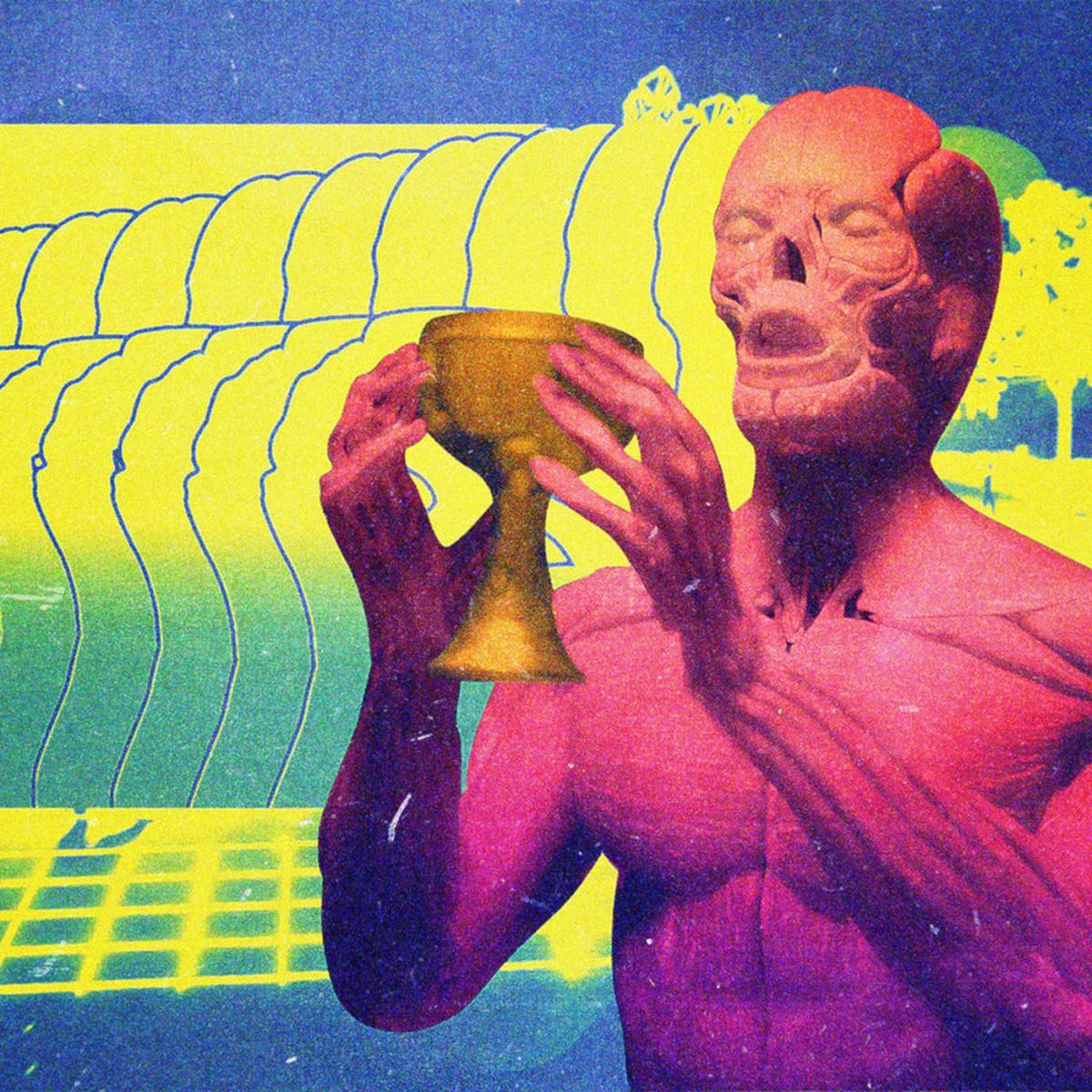
Rodney Ascher's documentaries are studies of the knotty, sometimes terrifying theories born in the human intellect. His first feature, Room 237, depicted four obsession-level fan theories around The Shining, including one that involves Stanley Kubrick’s supposed involvement in faking the 1969 moon landing. Ascher's second film, The Nightmare graphically depicts the phenomenon of sleep paralysis: a very real but little understood source of hallucinations, belief systems, and supernatural experiences around the world. (Simply thinking about the topic is believed to stimulate the phenomenon.) His newest feature, A Glitch in The Matrix, unfurls the contemporary concept of simulation theory, which was coined by the philosopher Nick Bostrom, popularized with films like The Matrix, and gilded with Elon Musk’s confident assertion that we are all living in a simulation. Like horror films, Ascher’s trilogy of films are driven by narrative engines of mystery and dread. He understands that conspiracy theories and pseudo-knowledge can hypnotize viewers into a dream and lead them into places they would otherwise refuse to go. For this interview, I communed with Ascher via email, over several days. This was our second interview: we also spoke, years ago, for The Believer podcast, The Organist about a wonderful, bygone piece of musical equipment called The Optigan.
You have reached your article limit
Sign up for a digital subscription and continue reading all new issues, plus our entire archives, for just $1.50/month.
Already a subscriber? Sign in




